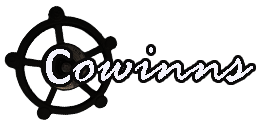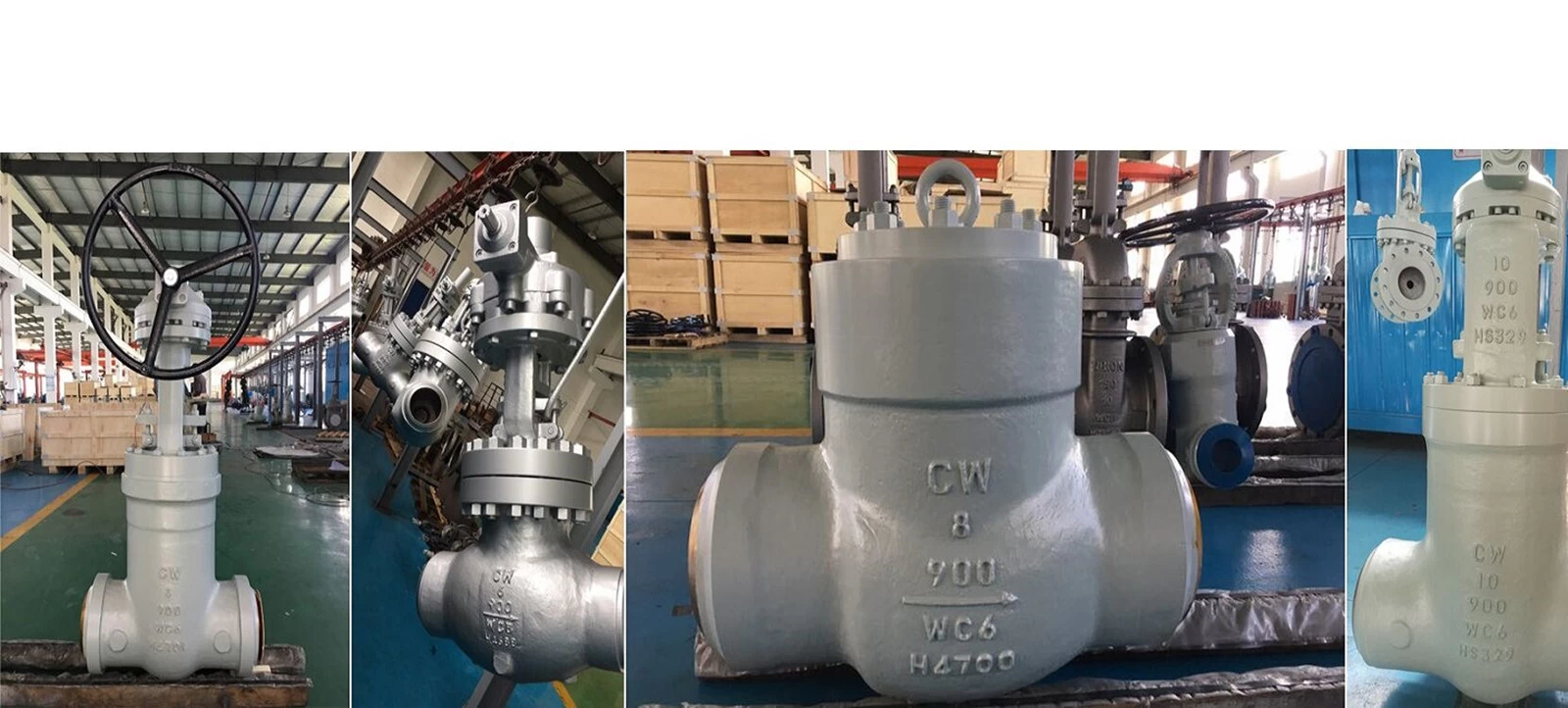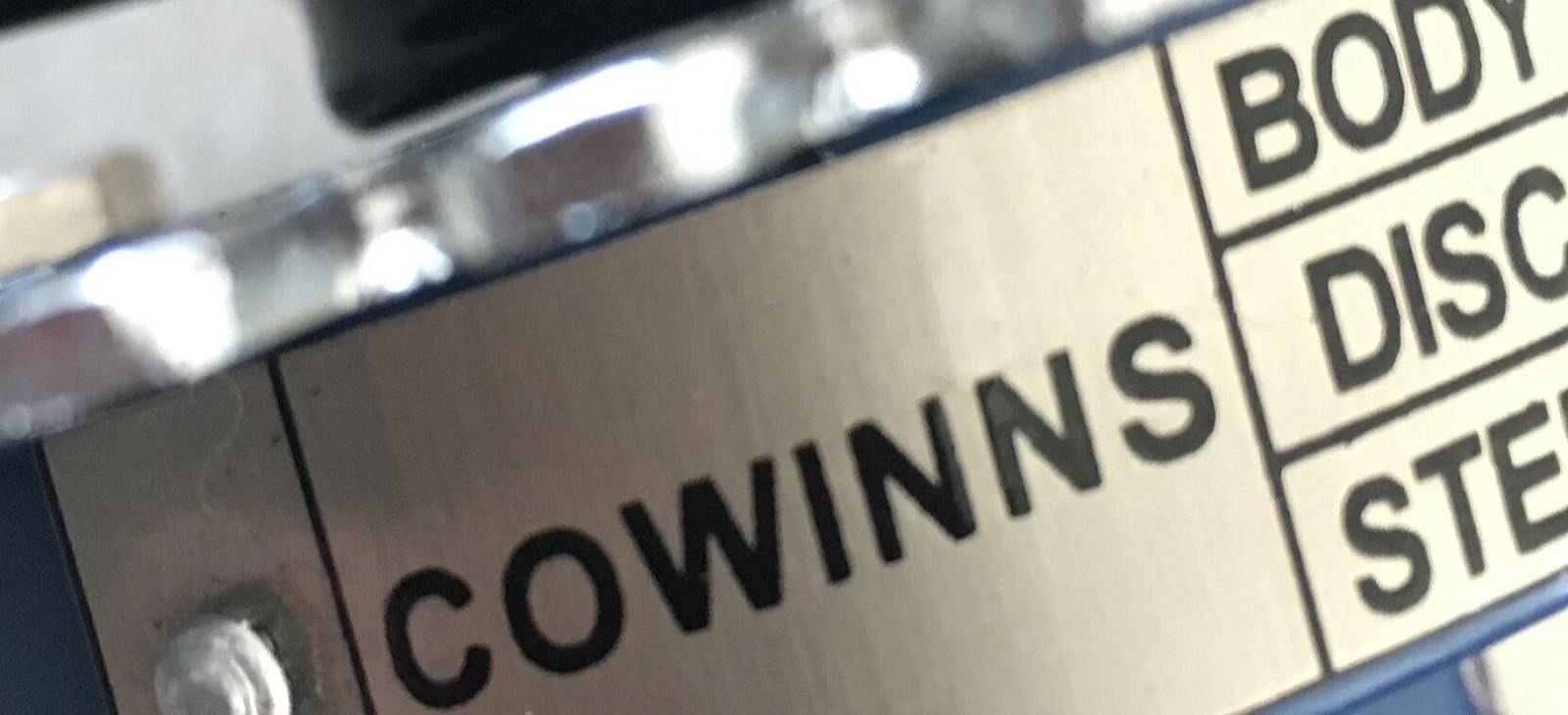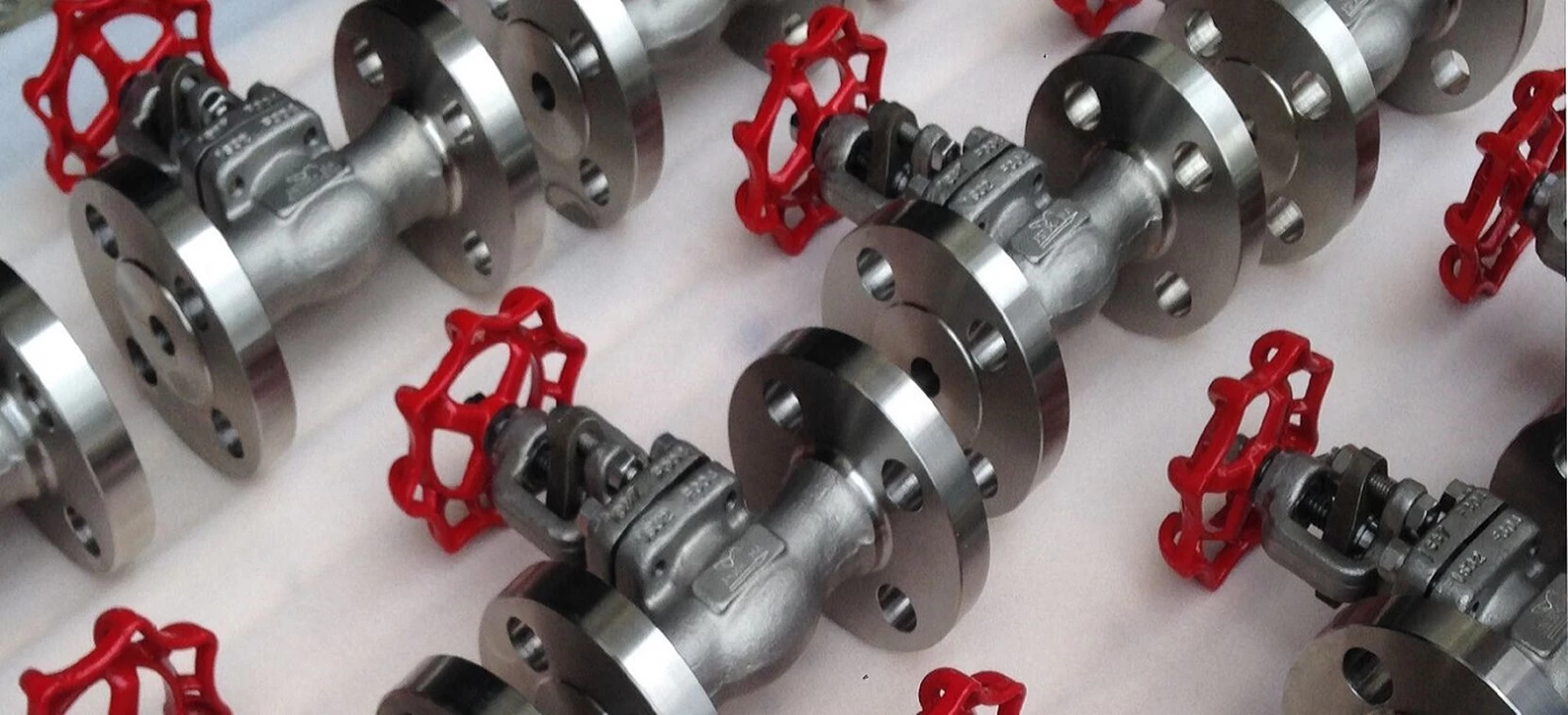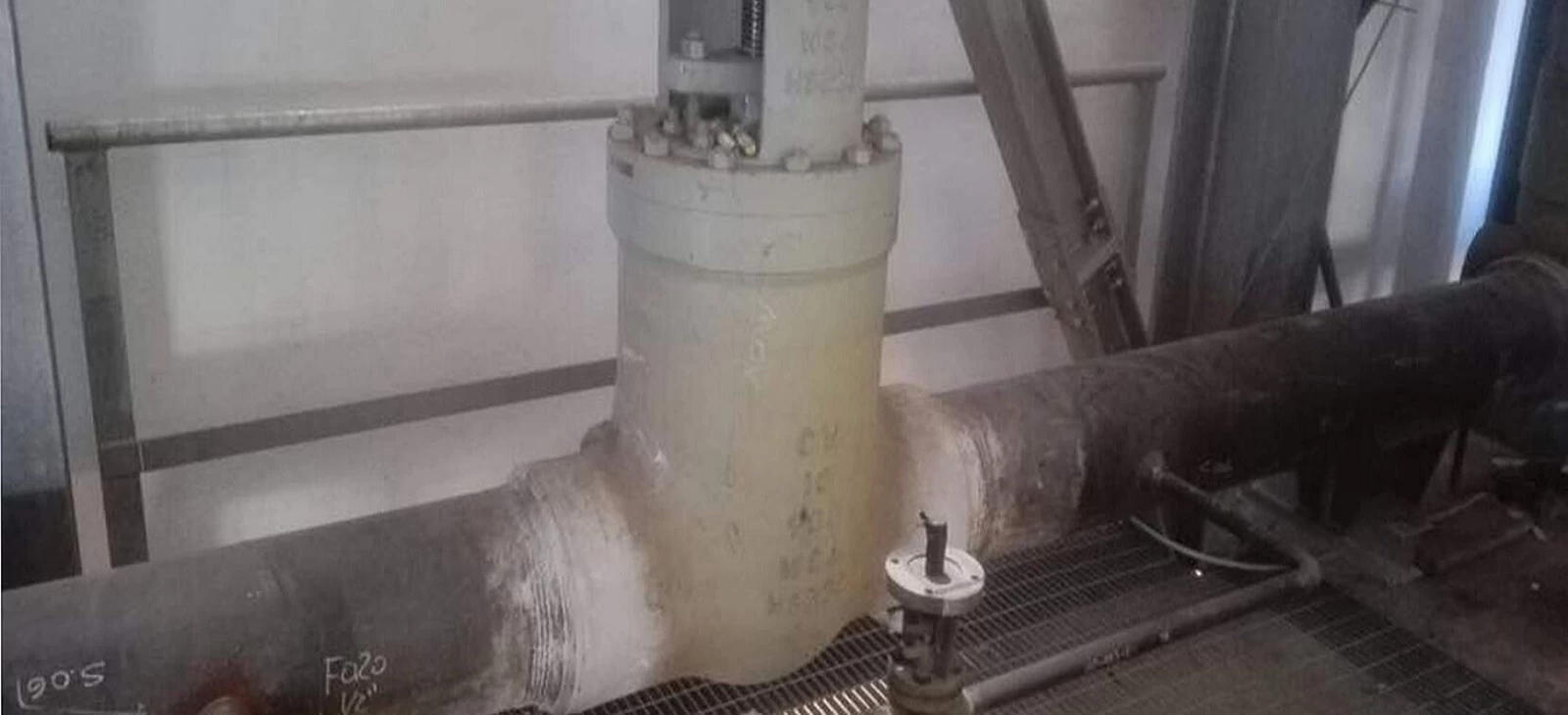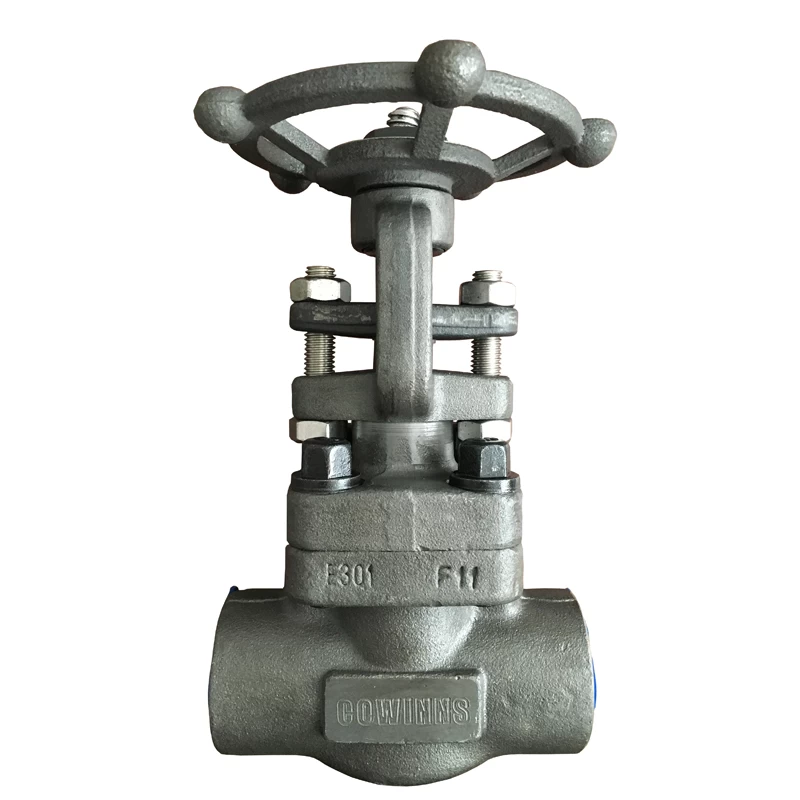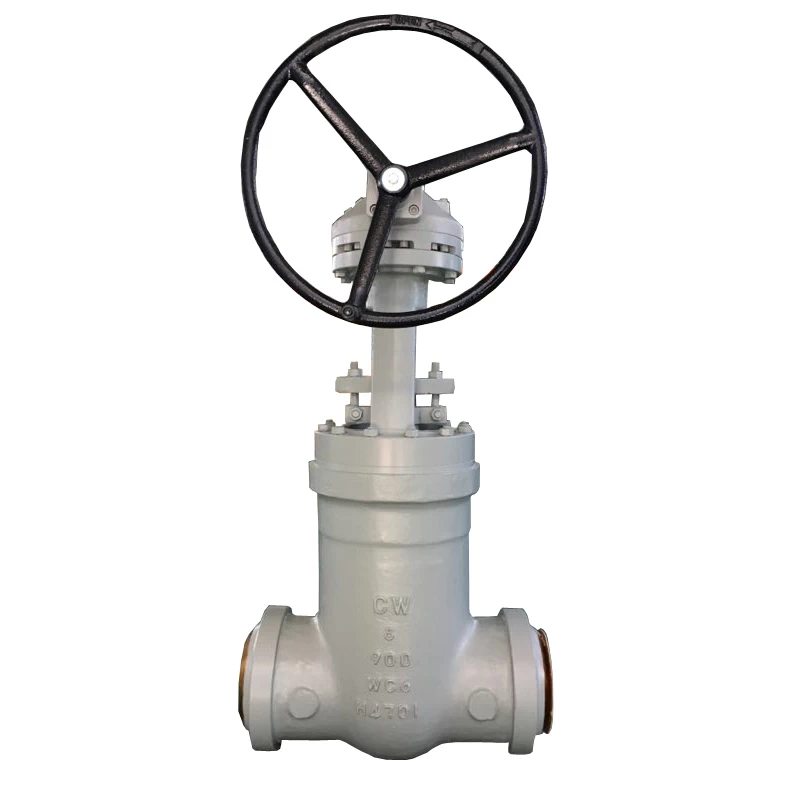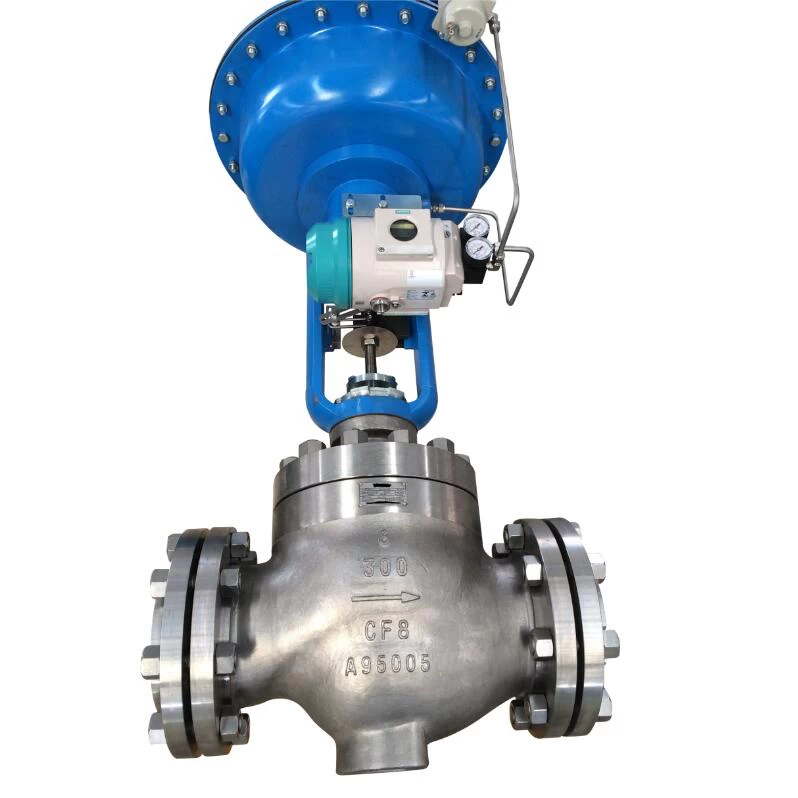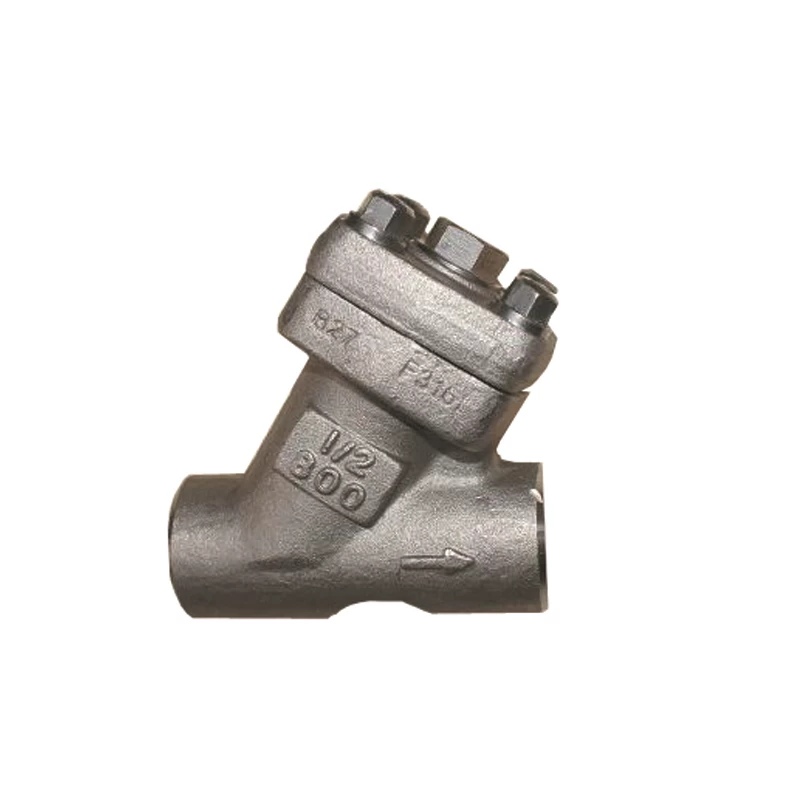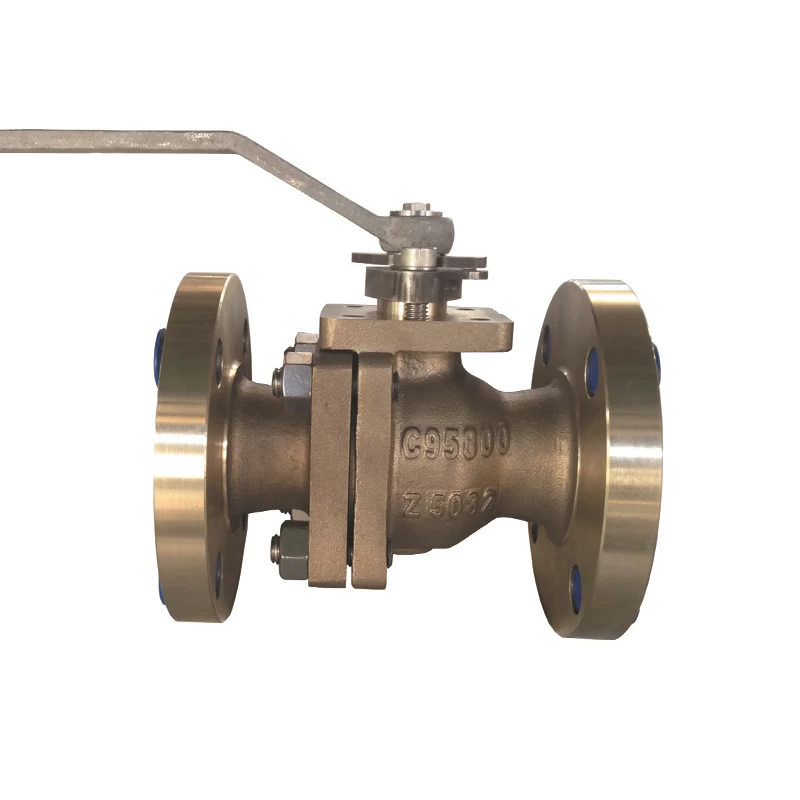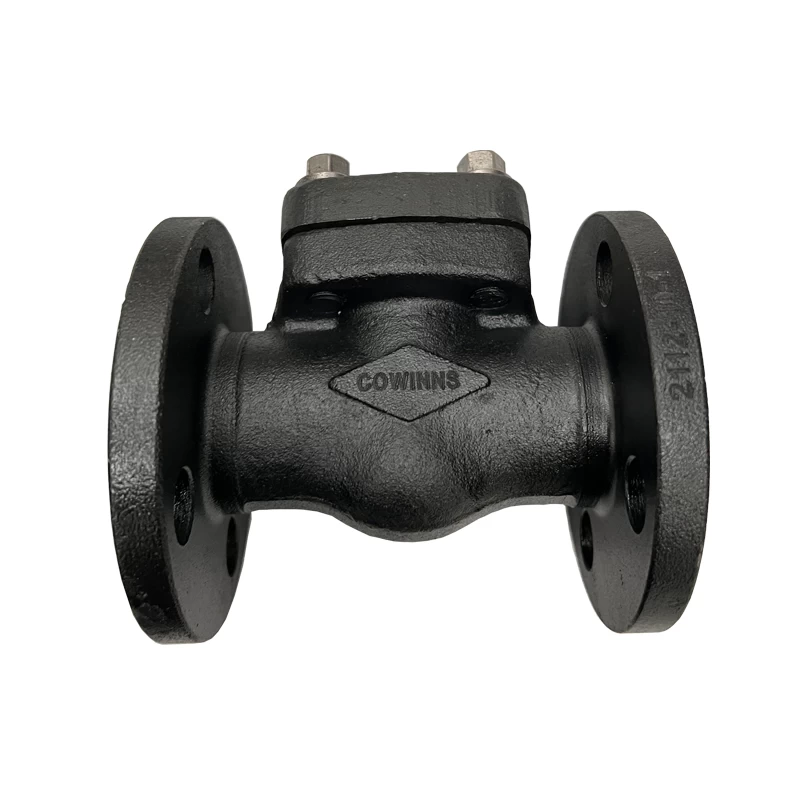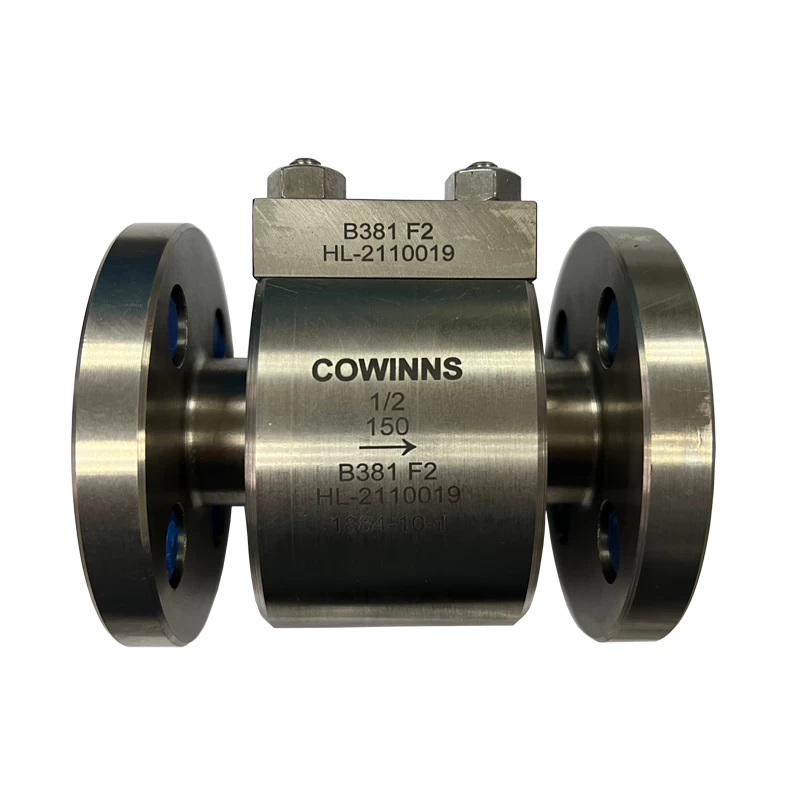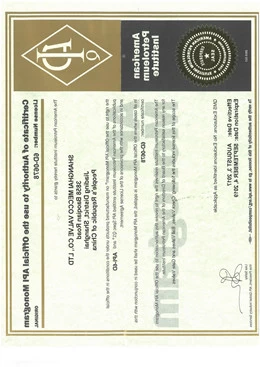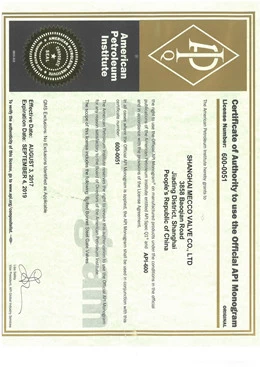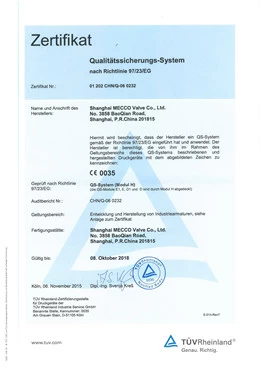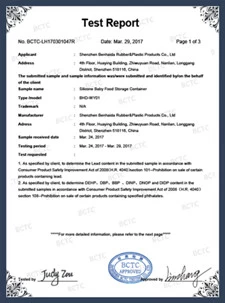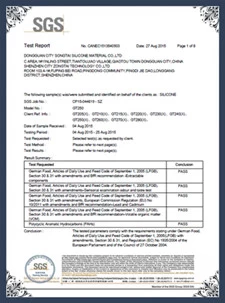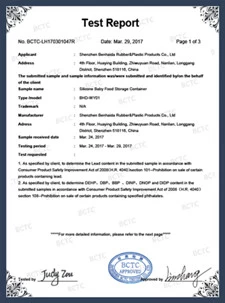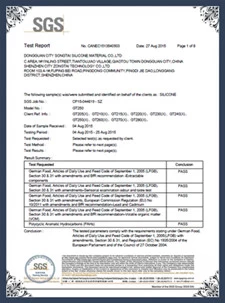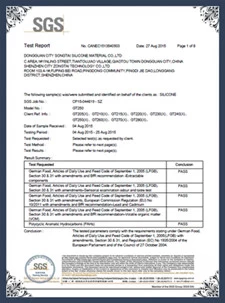Naming Conventions for Seven Common Types of Steel
Naming Conventions for Seven Common Types of Steel
Steel is a general term for iron-carbon alloys with a carbon content ranging from 0.02% to 2.11% by mass. In actual production, steel often contains different alloying elements such as manganese, nickel, and vanadium, depending on its intended use. Today, steel, including products like the ASTM A381 F2 check valve, has become one of the most widely used materials in the world due to its low cost and reliable performance.
So, do you know the naming rules for steel? In China, the classification and naming of steel are primarily based on its intended application. Here is an introduction:
1. Carbon Structural Steel
Notation: Q + number + (quality grade symbol) + (deoxidation method symbol) + (special use symbol)
The steel grade begins with “Q,” indicating the yield point of the steel.
The number following “Q” represents the yield point value in MPa. For example, Q235 indicates a carbon structural steel with a yield point (σs) of 235 MPa.
If necessary, symbols indicating quality grade (A, B, C, D) and deoxidation method can be added.
F stands for rimmed steel; b for semi-killed steel; Z for killed steel; TZ for special killed steel. Note that Z and TZ can be omitted for killed steel.
For instance, Q235-AF means grade A rimmed steel.
Carbon steel for special uses, such as bridge steel or shipbuilding steel, generally follows the same notation but with an additional letter indicating the application.
2. High-Quality Carbon Structural Steel
Notation: Number + (element symbol) + (deoxidation method symbol) + (special use symbol)
The first two digits indicate the carbon content, expressed as the average carbon content in ten-thousandths. For example, steel with an average carbon content of 0.45% is labeled “45.” This is not a sequential number, so it should not be read as “No.45 steel.”
If the steel contains a higher amount of manganese, the Mn element is indicated, e.g., 50Mn.
Rimmed steel, semi-killed steel, or special-purpose steel must be specially marked. For example, semi-killed steel with an average carbon content of 0.1% is designated as 10b.
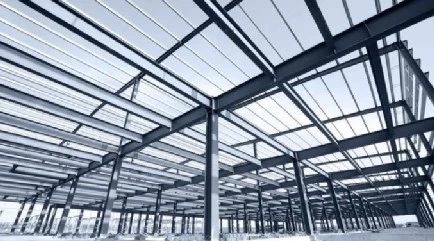
3. Carbon Tool Steel
Notation: T + number + (element symbol) + (quality grade symbol)
The grade begins with “T” to distinguish it from other types of steel.
The number represents the carbon content in thousandths. For example, T8 means an average carbon content of 0.8%.
Higher manganese content is marked as “Mn,” e.g., T8Mn.
High-grade carbon tool steel with lower phosphorus and sulfur content than ordinary quality carbon tool steel is marked with “A,” e.g., T8MnA.
4. Free-Cutting Steel
Notation: Y + number + (element symbol)
The grade starts with “Y” to distinguish it from high-quality carbon structural steel.
The number after “Y” indicates carbon content in ten-thousandths. For example, free-cutting steel with an average carbon content of 0.3% is labeled Y30.
If manganese content is high, it is indicated with “Mn,” e.g., Y40Mn.
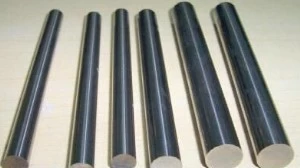
5. Alloy Structural Steel
Notation: (special use symbol) + number + major alloy element symbols and numbers + trace alloy element symbols + (quality grade symbol) + (special use symbol)
The first two digits indicate the carbon content in ten-thousandths, e.g., 40Cr.
Major alloying elements are generally expressed in percentages. When the average alloy content is <1.5%, only the element symbol is given. However, to avoid confusion in special cases, a “1” may be added. For example, 12CrMoV (Cr: 0.4-0.6%) vs. 12Cr1MoV (Cr: 0.9-1.2%).
If the average content is ≥1.5%, ≥2.5%, ≥3.5%, etc., numbers 2, 3, 4, etc., follow the element symbols. For example, 18Cr2Ni4WA.
Trace alloying elements like V, Ti, Al, B, and RE are also indicated, e.g., 20MnVB (V: 0.07-0.12%, B: 0.001-0.005%).
High-grade quality steel is marked with “A.”
Alloy structural steels for specific uses have prefixes or suffixes indicating their purpose. For example, ML30CrMnSi denotes steel used for rivets and bolts.
6. Low-Alloy High-Strength Steel
Notation: (special use symbol) + number + major alloy element symbols and numbers + trace alloy element symbols + (quality grade symbol) + (special use symbol)
The naming method is basically the same as for alloy structural steel.
For steels with special uses, this is indicated at the end. For example, 16Mn used for bridges is marked as 16Mnq, for truck frames as 16MnL, and for pressure vessels as 16MnR.
7. Stainless and Heat-Resistant Steel
Carbon content is indicated in thousandths. For example, 2Cr13 means an average carbon content of 0.2%.
If carbon content is ≤0.03% or ≤0.08%, “00” or “0” is added before the grade, e.g., 00Cr17Ni14Mo2, 0Cr18Ni9.
Major alloying elements are shown in percentages, while micro-alloying elements like Ti, Nb, Zr, and N follow the notation rules of alloy structural steel.
 +86 512 68781993
+86 512 68781993 